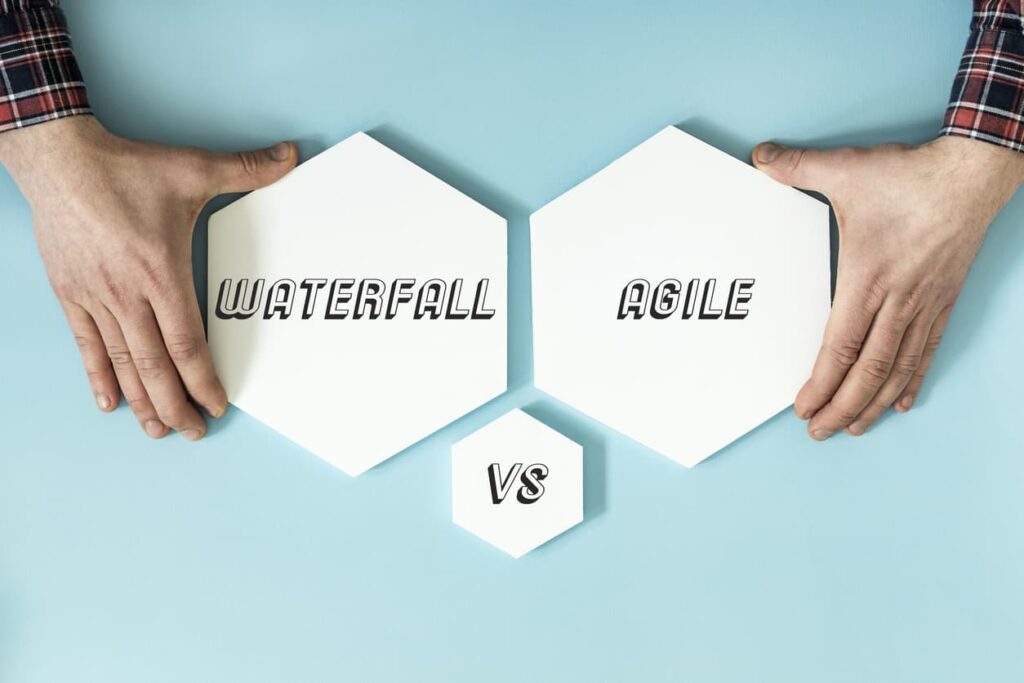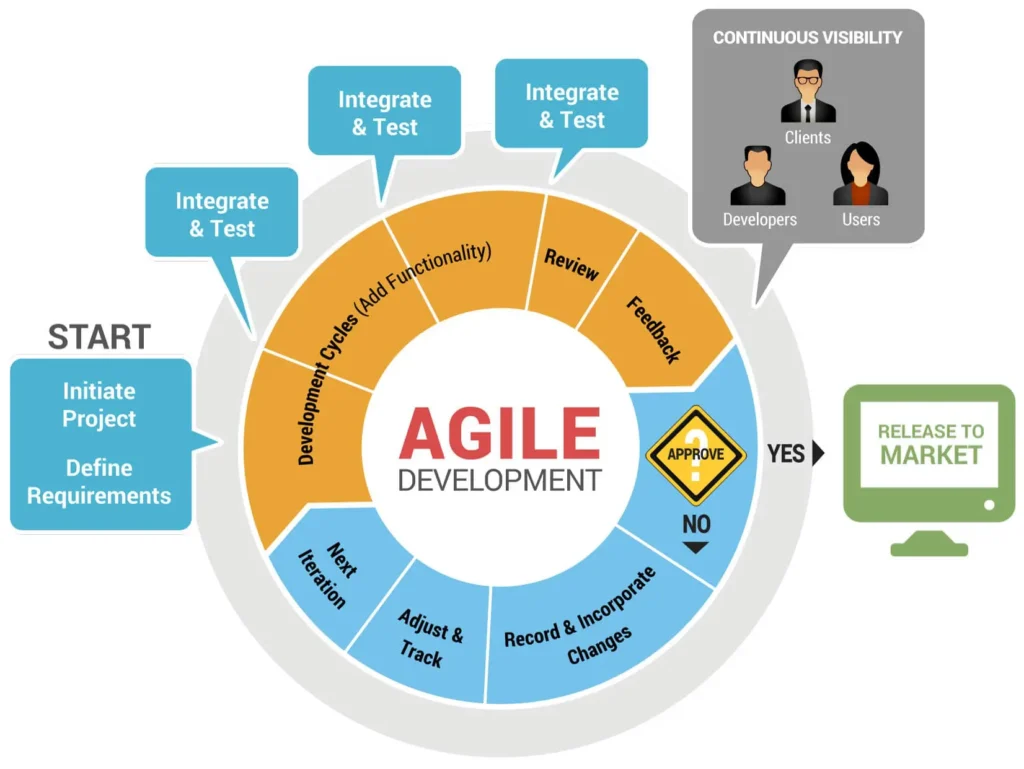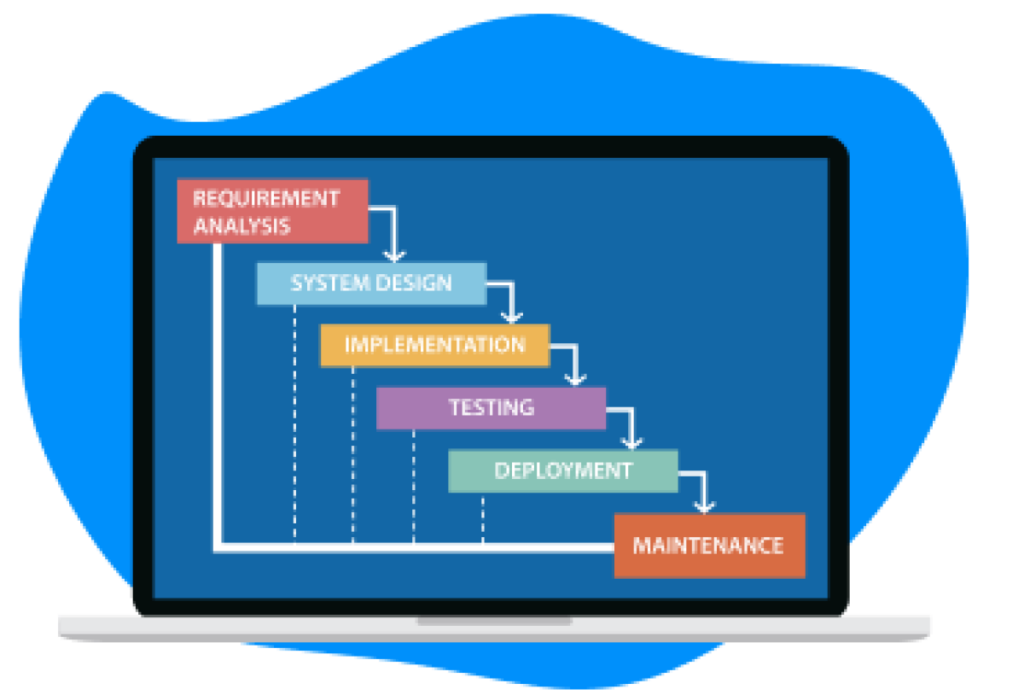When it comes to software development, selecting the right methodology can significantly impact the success of a project. Two popular approaches, Agile and Waterfall, have been widely adopted by development teams worldwide. Each methodology has its strengths and weaknesses, catering to different project requirements and organizational structures.
In this article, we will compare Agile and Waterfall methodologies, exploring their key differences and helping you determine which one suits your software development needs.
Contents
Agile vs Waterfall: The Basics
The Waterfall methodology is a standard approach to software development that follows a linear and sequential process. It is characterized by its structured and predetermined nature, where each phase of the project is finished before rolling on to the next one. The key idea behind the Waterfall model is that progress flows downward, similar to a waterfall, with each phase building upon the completion of the previous one.
Whereas, The Agile methodology is an iterative and flexible process of software development that stresses collaboration, adaptability, and continuous improvement. It is established on a set of values and principles outlined in the Agile Manifesto, which places individuals and interactions, working software, customer collaboration, and responding to change at the forefront.
Key Differences between Agile and Waterfall
Here are some well-known differences between Agile and Waterfall Methodology:
1. Project Planning
The Waterfall methodology places a strong emphasis on upfront planning. A detailed plan is completed at the beginning of the project, defining the scope, timeline, and deliverables. Changes to requirements or scope during development are discouraged, as they can disrupt the entire process. Whereas, Agile embraces adaptive planning. Instead of creating a comprehensive plan upfront, Agile allows for evolving requirements and promotes flexibility throughout the project.
Planning is done incrementally and iteratively, with shorter planning cycles called sprints. Changes and adjustments are expected and accommodated during these iterative cycles.
2. Flexibility and Adaptability
Waterfall is a less flexible methodology. Once a phase is completed and the project moves to the next phase, it is challenging to make changes without revisiting earlier stages. Modifications late in the development process can be costly and time-consuming to implement. On the other hand, Agile is designed to be adaptable to change. It recognizes that requirements may evolve and allows for continuous feedback and adjustments.
Agile teams embrace changes and can quickly respond to new information or shifting priorities. The iterative nature of Agile allows for flexibility, making it easier to incorporate modifications and deliver incremental value.
3. Documentation
The Waterfall methodology emphasizes comprehensive documentation. Detailed documentation is typically created upfront, including requirements specifications, design documents, and project plans. Documentation serves as a reference throughout the project and helps ensure consistency and clarity. But, Agile values working software over extensive documentation.
While Agile projects still require relevant documentation, the emphasis is on creating concise and actionable documentation that directly supports development efforts. Documentation is kept up to date as the project progresses, but the focus is on delivering working software rather than extensive paperwork.
4. Time and Cost Management
Waterfall aims to define the project’s scope, timeline, and cost upfront. The linear nature of Waterfall allows for relatively straightforward time and cost management. However, changes to requirements or scope can have significant implications for the project schedule and budget. However, Agile offers more flexibility in managing time and cost.
Through the iterative approach and constant feedback loops, Agile projects can adapt to changes more effectively. Adjustments can be made at the end of each sprint, allowing teams to control project costs and ensure timely delivery.
How to Choose
The waterfall is best suited for projects with well-defined requirements, a stable scope, and a fixed timeline and budget. It is suitable for projects where changes are unlikely to occur during development and where a linear and sequential process aligns with the project’s needs.
Agile is ideal for projects with evolving requirements, frequent changes, and a need for constant feedback and collaboration. It is well-suited for complex projects where flexibility and adaptability are critical and where delivering value incrementally is essential.
In some cases, a hybrid approach that blends elements of Agile and Waterfall may be appropriate. Organizations may choose to use Agile methodologies for specific phases or modules within a Waterfall framework to achieve a balance between adaptability and structure.




